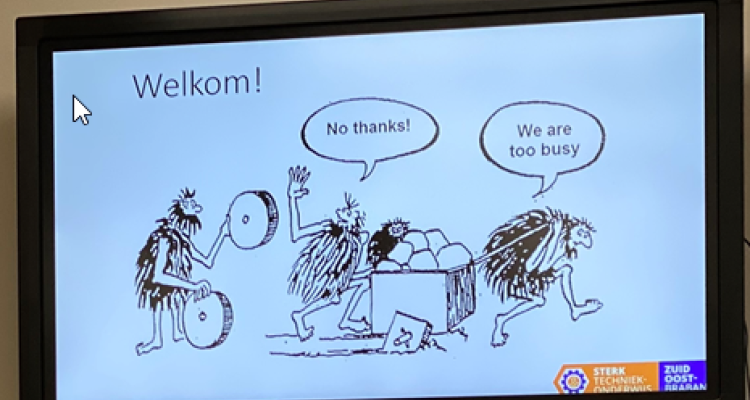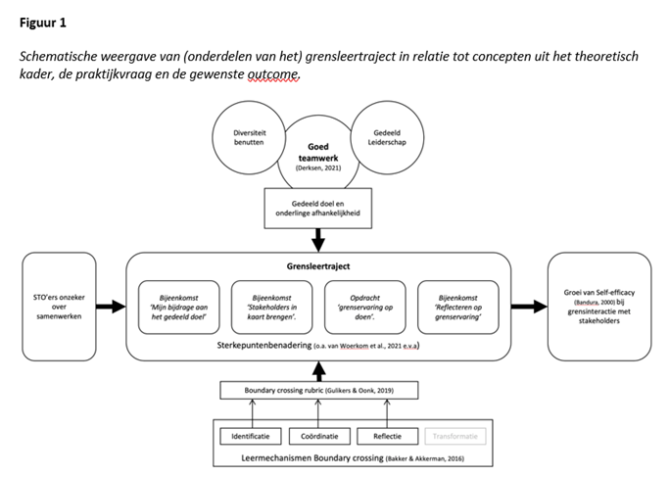
Testimonial
[MSc Thesis] The contribution of a boundary learning journey to the 'self-efficacy of boundary interaction' with stakeholders from outside one's own practice
For this applied research project, Marc Mantz – a student at AERES Master Learning and Innovating - developed a boundary-learning-trajectory (grensleertraject), building on the boundary crossing learning mechanisms (identification, coordination and reflection).
It is valuable to give self-efficacy a pivotal role within boundary innovations when designing and facilitating learning programs, so that participants can proceed to take action with confidence.
Collaborations between educational institutions and technical industries are a response to the shortage of technical professionals. It is a challenge for contributors from both realms to develop educational activities together, with clear goals and confidence. To enhance the self-efficacy (belief in one's own abilities) of team members in this boundary interaction, the “grensleertraject” was designed, incorporating boundary crossing mechanisms, strengths-based approaches, and other factors identified in the literature.
This intervention (see Figure 1; in Dutch) covers 4 sessions in which teachers and professionals (technical industries) learn and work together. The aim is to see if and how explicitly fostering boundary crossing mechanisms helps participants to develop more self-efficacy towards learning, working and co-creating together. A challenging study using various qualitative approaches, instruments and data analysis that might help to make boundary crossing more tangible and measurable.

This intervention evaluation study provides insights into the level of self-efficacy experienced by participants, the presence of learning mechanisms (reflection, identification, and coordination), and the elements of the “grensleertraject” that influenced it. Qualitative data from semi-structured interviews showed that participants experienced significant levels of self-efficacy through reflection. Self-efficacy was also observed in identification and coordination. The created social and informal learning environment fostered a sense of safety among the diverse group. When combined with challenging, practice-oriented assignments, this led to an optimal situation where substantive reflective dialogues on boundary tasks and challenges took place. It is valuable to give self-efficacy a pivotal role within boundary innovations when designing and facilitating learning programs, so that participants can proceed to take action with confidence.
Marc’s thesis was assessed by Judith Gulikers (Education & Learning Sciences). To find more about Marc’s research or read his full thesis, please contact him at post@marcmantz.nl.